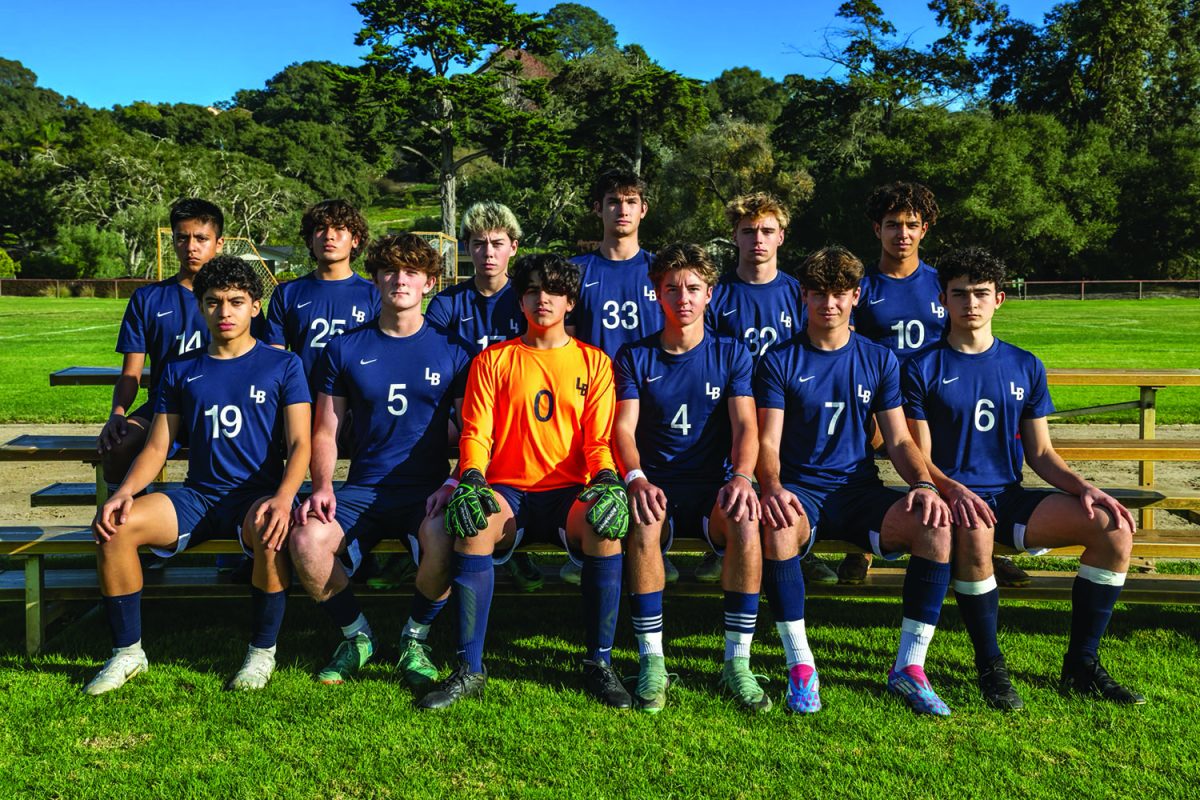The Hidden Side of Football
American football has been increasingly associated with high risks for injuries. While such claim is undeniable, other shinning traits of football should not be overlooked.

September 17, 2019
To some, the words “high-school football” has become an American cultural landmark that generates vivid images: boys limping off the field with painful injuries, weekly parties and jocks who always seem to look for outlets to channel their excess of energy.
Influenced by such misperceptions, parents sometimes hinder their children from participating in this sport. Those impressions, however, mostly stem from excessive exaggeration by the media and movies. While modern media is skilled at depicting distorted images of high-school football, they often fail to illustrate the mental transformation and discipline that participation in football can lead to.
Brian McClintock ’20, who plays the position of receiver on Owl’s football team said, “I feel that modern entertainment’s view on football is a bit twisted because they either show the big plays or the huge hits, but never the hard-work behind it. Also, they do not do a good job of showing the camaraderie built while being on a team.”
What differentiates camaraderie formed in football to those of other sports can be attributed to football’s high risk of injury, and the ever-present risk of the sport. “The reason I think football has such a higher rate of camaraderie is because of how at stake your well-being is. In other team sports such as soccer and baseball, an error made by your teammate does not jeopardize your well being. In football, however, if a lineman or a receiver doesn’t block or do what they are supposed to, you or your brothers might get hurt,” Brian explains.
Although such a risky element of football surely proves to be a downside, the trust eventually formed between each player resembles that of soldiers, who also need to trust each other for their own well-being.
““We respect our opponent, we respect the referees and we respect each other,” said coach Shane Lopes, in an interview in the Santa Barbara News Press. “Being responsible, doing our job, playing for the guy to the side of you and not really focusing on the outcome” are some of the highlights of football’s “rich learning experience,” Lopes continued.
Sangay Sherpa ‘20, Owl’s running back and offensive line, stresses the paramount importance of trust in football:
“In football, I feel like the team is more of a close-knit family. You need to trust the person next to you otherwise nothing will work.”
While all sports require dedication and discipline to succeed, Football is one of the few that requires this big of a sacrifice. Thus, at some point in each football player’s career, such realizations will emerge. He can either take the pain, or let his team take the pain. There is no third option.
This level of sacrifice suitably prepares football players for the real world because it more closely resembles the hardship everyone is destined to face. Idealistic college graduates, who hold overly optimistic visions of achieving success in the real world, will be astonished by the level of effort required from them in order to “make it”. Football players, however, have known from a young age that success always demands high level of pain and sacrifice and a strong sense of community and respect.
































